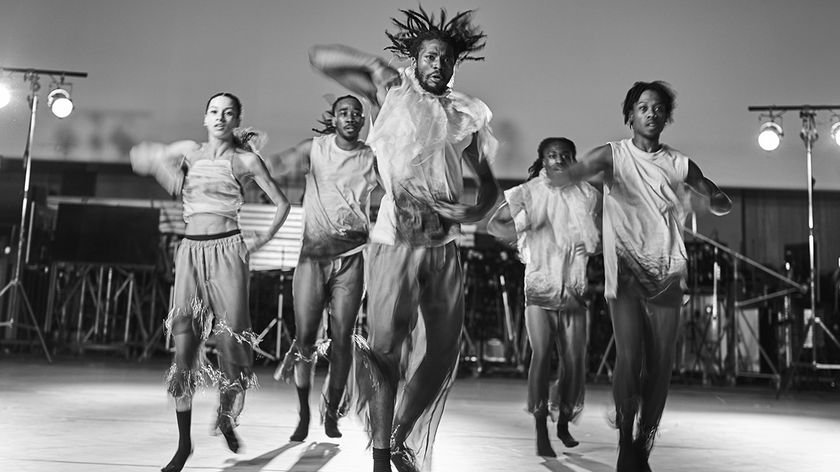Jon Hopkins: "What do I call my music? Beats with melodies”
As he prepares to bewitch Glastonbury, the acclaimed musician and producer discusses his ever-evolving sound
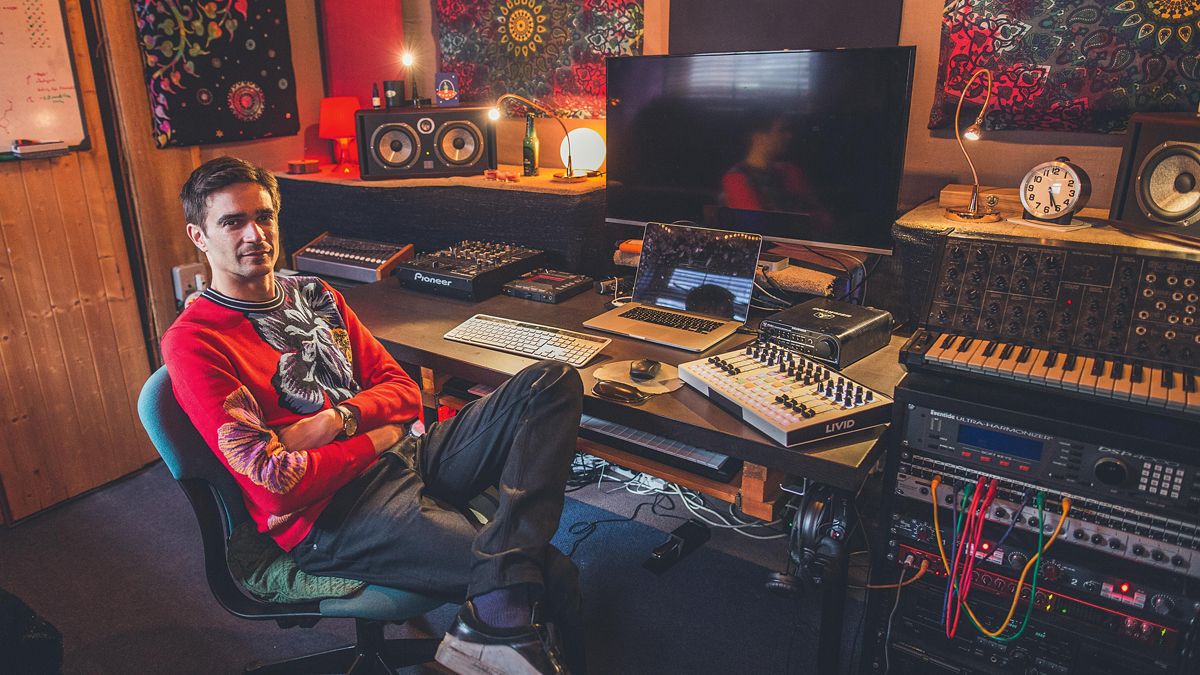
As a young lad growing up just outside London, Jon Hopkins decided he was going to learn to play the drums. But, as he sat down behind the kit, he realised there was something wrong.
“The kick drum sounded weird,” he remembers. “Every time I played it, it sounded different. I didn’t want that. I wanted every kick to sound the same. I wanted a kick drum like the one that I heard on the radio... on songs like MARRS’ Pump Up The Volume and D-Mob’s We Call It Acieed.
“I didn’t know it at the time, but it wasn’t really a drum kit that I was interested in. It was a drum machine.”
Although the 39-year-old Hopkins now regrets hanging up his ‘sticks’ - “it would be brilliant to play live drums on stage!” - he acknowledges that this natural affinity with electronically-generated sound overshadowed his early years. He was a gifted, self-taught classical pianist, but could never really escape the lure of synthesisers... and the giddy joy of audio experimentation.
“I suppose it was a big hint of what was to come,” says Hopkins. “A musical signpost to where I was headed.”
I didn’t know it at the time, but it wasn’t really a drum kit that I was interested in. It was a drum machine.
At 17 and straight out of college, Hopkins was already employed as a touring keyboard player, but also working on a bunch of tunes that became his 2001 debut, Opalescent. Although it was, for all intents and purposes, an underground album, it had an immediate impact, and Hopkins spent the next few years hanging out with the likes of Brian Eno, David Holmes and Coldplay - he was co-producer on their 2008 album Viva la Vida.
There were soundtrack albums (the 2010 Brit sci-fi movie, Monsters), collaborations (the Mercury-nominated Diamond Mine with King Creosote) and American success for his 2009 album, Insides.
Get the MusicRadar Newsletter
Want all the hottest music and gear news, reviews, deals, features and more, direct to your inbox? Sign up here.
As he continued to branch out, critics struggled to find a convenient label for Hopkins’ music. His 2013 album, Immunity, was often called ‘techno’, but also featured delicate piano and early-morning ambience.
And it was the same with last year’s Grammy-nominated Singularity. Aphex Twin, psychedelia, glitchy, EDM, IDM, heartbreaking, dystopian, brutal, beautiful, classical; all words you’ll find in Singularity reviews.
Hopkins himself opts for something much simpler: “What do I call my music? Beats with melodies.”
‘Eclectic’ is an overused word, but it’s hard to listen to a Jon Hopkins album without reaching for it. Is that how you’ve always made music?
JH: “I can honestly say that I have never thought of music in those terms. A bit of this, a bit of that. I’m someone who believes in instinct. If I have a method, that’s it. Follow your instinct. Don’t worry about whether this piece of music is meant to fit with that piece of music. If it feels right in your head, that’s all you need.
“If the music has been shaped by anything, it’s probably the availability of equipment at the time. Limitation. For the first ten years, I was working with a very limited setup... Cubase, a pirated copy of Sound Forge, a pirated Juno VST and a couple of bits of hardware. That was all I had when I was trying to find my sound and, looking back on it, those limits turned out to be quite useful.”
We hate to bring his name in so early, but your mate, Brian Eno, has often talked about setting limits in the studio.
JH: “Probably the main thing I learned from working with Brian is the importance of accidents. If the music seems to be going off in that direction, let it go.”
Do you still try and limit yourself in your work today?
JH: “Difficult question. I think I’d find it very difficult if I was coming into music today. Even if you’ve only got Ableton Live, just look at all the options you’ve got. You can do so much. You’ve got infinite choices. If you’re not careful, you start running around like a headless chicken.
“When you’ve got hardly any equipment, very little money and no access to any information, your sound is very much dictated by you, your setup and what you’re listening to. Nothing more.”
“You could possibly argue that I limit the music as I’m writing. I strip back all the unnecessary rubbish. I think you can hear that on the last album - the rhythms definitely felt simpler. I was really just looking for a nice groove, instead of some over-programmed, glitchy IDM thing.
“Removing stuff has become a big part of the way I work. If I’ve had a day writing, I sit down the next morning and start taking out the rubbish. The bits where I’ve got too fiddly and complex. All the additional detail that you think a song needs. Take it out. Get rid of it.”
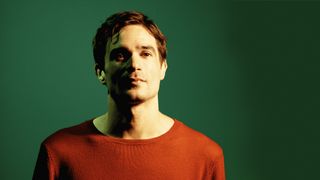
You’re obviously a very good piano player, technically speaking, having attended the Royal College of Music from the age of 12, studying Stravinsky and others. So it stands to reason that you could very easily rustle up a tune with thousands of chord changes and elaborate prog rock-style melodies. Does that side of your musical brain ever take over and dictate what kind of music you write?
JH: “I don’t think it takes over, but it does creep in, which is why I have to chip it away as a song takes shape. Most producers make 100 songs and choose the best 10 for the album. I make 100 songs, but that will be ten different versions of the ten songs that are going on the album. Each time I make a new version, it gets stripped back. I take away more notes; take away more of the beat.
“The most sonically complex song on Singularity was probably Neon Pattern Drum. The earlier versions were far heavier and much more experimental. You might think that makes it sound more interesting, but it wasn’t. It was unsatisfying. Wildly spinning away from the core aesthetic. Yes, I like experimentation, but I also want my songs to be accessible. Complexity and melody working together.”
Did you ever consider going full-on classical after you finished at the Royal College of Music?
JH: “As a kid - and after I went to college - I was aware that there had always been two strains of music running through my life: the classical piano thing and the freeform, electronic thing. As far as I had been concerned, they were miles apart, and there was very little chance of them ever meeting.
“There was a studio at college, but we were only allowed about an hour a week in there. An hour doesn’t give you enough time to finish anything, which meant there was no end result. Being in the studio didn’t amount to anything. On the other hand, if you’re good at piano and you can play a particular piece, you’ve got your end result right there.
“At 12 or 13 years old, kids tend to do what they’re told. I was being pushed towards the piano and I eventually found a very inspiring piano teacher. She wasn’t much older than me - probably in her early 20s - and she finally got me to understand the piano. And I’m glad she did, because it came in very useful over the years. Dexterity, finger technique and all that.
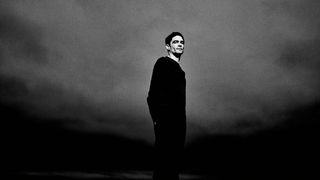
“For me, there have always been two sides to electronic music. There’s the ethereal, weightless side; and the dark, filthy side. And, yes, I like things to sound... big.
"How do I get that sound? Massive amounts of processing for the filthy side. Lots of Soundtoys Decapitator - and I mean lots! Boosting the bits that you think are just noise. Boosting the mistakes. Using Ableton to really dig into the details of the sound, so I can pick out artefacts that aren’t even supposed to be there. Boost them. And distort them again.
“At the ethereal end of the spectrum, start looking at the stereo spread. I constantly play around with the width of a sound, starting in mono and moving things out into wide stereo... vast stereo!
“Then you set the two against each other. Start a fight and see who wins.”
“But, the older I got, the more I realised that the piano side of things was existing completely independently from the electronic side. And the electronic side was where I felt most comfortable. At 17 years old, when I finished my exams, I had already decided that I didn’t want to study any more. I wanted to make music with my computer.
“And that’s what sort of happened. Thanks to my friend, Leo Abrahams [Abrahams was at the Royal College of Music with Hopkins and has worked with the likes of Brian Eno, Karl Hyde and Grace Jones], I was offered a job with Imogen Heap’s band, playing keyboards. I was straight out of college and earning 100 quid a week. Unheard of these days!
“They even allowed me to pick a keyboard, so I asked for the Korg Trinity, which I’d been reading about in Future Music. There was no way I could afford a two-and-a-half-grand synth, but I had one bought for me.
“There was also an Akai S3000 sampler, so I was learning how to fire in samples, too. Of course, all of this experience was feeding back into my own music. I was allowed to take the Trinity home in between tours, so that found its way into my setup. Finally, I had the basics of a home studio.”
You mentioned Cubase. That was your platform at the time?
JH: “Ha ha! Let’s go back even further. When I was maybe 12 or 13, I had an Amstrad CPC, but you could only make one square wave with that. Not what you’d call a musically creative computer! So I switched over to the Amiga, with a program that I’m sure a lot of readers will remember... OctaMED. Between four to 16 columns of numbers, with 8-bit sample facility on the first four channels. Sampling! Adding bits of my favourite tracks from record and tape. Chopping up sound.
“All with no instructions! I’m not telling you that not because I’m trying to prove how great I was; I guess that what I’m trying to say is that everything was done by feel and instinct. There were no instruction manuals. The bottom line was, ‘Does it work?’ I had no idea if what I was doing was technically correct. I just wanted to make music that got me excited.
“OctaMED had MIDI, too, which meant I could look outside the computer. I was probably 15 when a mate of mine asked me if I wanted to buy his Roland D-20. Oh, yes! That was it... I was sequencing my own music. It was such an exciting time.
“Unfortunately, after a few weeks, I found out that my mate wasn’t actually authorised to sell the Roland, so I had to take it back and hand it over to his dad.”
Ouch!
JH: “I know! I can’t tell you how disappointed I was. I think that was one of the moments when I realised how important music had become in my life. I was heartbroken over the loss of a Roland D-20.
“It took a long time to save up for my next synth: a Yamaha SY77. Yes, it allowed me to dig deep into FM synthesis, but the effects unit was crap. I was already into the idea of huge reverbs and delays, but the 77 had a some underwhelming 300ms of delay.
“That’s the thing I still struggle to get my head around these days... the difference between then and now. Back then, if your synth only had 300ms of delay, that was it. I knew what I needed to make the music that was in my head, but I literally couldn’t afford it. I could not afford the Lexicon I wanted. Today, the idea that you can’t afford a reverb or a delay... it’s hilarious!
Presumably, you saw the move ‘onboard’ as a huge leap forward, then? I mean, plugins weren’t really cheap in the early days, but they were certainly cheaper than the top-notch hardware.
JH: “Actually, it was the whole ‘recording audio’ thing that got me working inside the box. After the Amiga, a computer genius friend of mine built me a PC and I moved up to Cubase. I could record audio and, very quickly, I found I was leaning towards that way of working. As soon as I’d got the right notes in MIDI, I’d print it. I had the confidence to say, ‘I’m not going to change that bunch of notes’.
“I was using Sound Forge at the time, which meant that I could destructively apply plugins to the audio, so that I still had some control over the sound. But I liked the idea that I’d applied a small full-stop to that bit of the song. It was in the computer and I was safe. I wasn’t going to lose it.
“Conveniently, I also found that I liked editing audio. I could get strange results. Sounds that I couldn’t get with MIDI programming. Chopped up reverbs and delays. Weird cutoffs.
“I’ve not gone fully native. I still like hardware synths. It’s not a point of principal. I just like the sound of a real synth.”
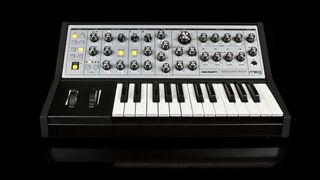
Hardware
Apple MacBook Pro (2.2Ghz Core i7, 16GB RAM)
Moog Sub Phatty
Korg Trinity and MS-20
Yamaha SY77
Korg Kaoss Pads for live
Upright grand piano
Focal Twin 6 BE monitors
Focusrite Clarett 8Pre
Software
Ableton Live
Soundtoys Decapitator and EchoBoy
NI Kontakt/Nils Frahm Una Corda
Goodhertz Vulf compressor
SoundHack +Bubbler Delay
Waves Renaissance EQ/ Reverb/SuperTap Delay
Audio Ease Altiverb
Grammy nominations, decent album sales. No doubt you’ve treated yourself to a few synth goodies?
JH: “That was always the plan, but it never happened. I’ve got my SY77, Moog Sub Phatty, the Trinity - which I never gave back! - and a Korg MS-20. All running via Ableton Live.
“I went from Cubase to Logic, but moved to Ableton after they rebuilt the audio engine. Up until that point, I had a real problem with Ableton because it sounded like... Ableton. Now, you’ve got a sound that’s as good as Logic, but you’ve also got the power of Ableton. For me, it’s the most incredible piece of music software that’s out there.”
And plugins?
“Altiverb has been a good friend to me over the years. EchoBoy is amazing. I invested in a Waves bundle because I like the sound of the Renaissance reverb and EQ. The Vulf compressor from Goodhertz is very nice. There’s some great freeware out there, too.
“I’m really enjoying using Bubbler, which is a superb granular delay. I’ve been using it to generate pads out of... well, you can make a pad out of anything. It’s been years since I’ve actually used a pad preset on a synth. Even a simple piano can make a harmonically complex pad, and it’s a lot more fun than just pulling up the same old pad preset.”
The piano is a recurring theme in your music. Real or digital?
JH: “I’ve got the same upright grand that I’ve had since 1989, permanently miked up in the studio. I have tried a few piano plugins, but they all sound like the M1 piano to me.
The first one that I’ve felt comfortable with is Nils Frahm’s Una Corda, which is a Kontakt instrument. Nils and I share the same piano-playing aesthetic of hot miking and soft playing. It was used on the album - at the end of Luminous Beings - and it’s my main live piano.”
You’ve got lots of live shows coming up this summer.
JH: “Singularity is the first album I’ve recorded using Ableton Live, which makes the live show a lot easier. Ableton plus a couple of controllers, with the audio sent out to Kaoss pads. That allows me to do anything I want to do.
“I suppose the odd thing is that I don’t really consider myself a dance music artist. Although there are elements of dance in the live shows, I’m not really trying to create a full-on party. I can extend sections and I can respond to the crowd, but I don’t like the idea of turning my music into something that’s unidentifiable. I want people to know which song I’m playing when I play it.”
Jon Hopkins’ latest album, Singularity, is out now, and he’ll be touring throughout the summer, including at this year’s Glastonbury Festival.


Computer Music magazine is the world’s best selling publication dedicated solely to making great music with your Mac or PC computer. Each issue it brings its lucky readers the best in cutting-edge tutorials, need-to-know, expert software reviews and even all the tools you actually need to make great music today, courtesy of our legendary CM Plugin Suite.

“My love letter to a vanished era that shaped not just my career but my identity”: Mark Ronson’s new memoir lifts the lid on his DJing career in '90s New York
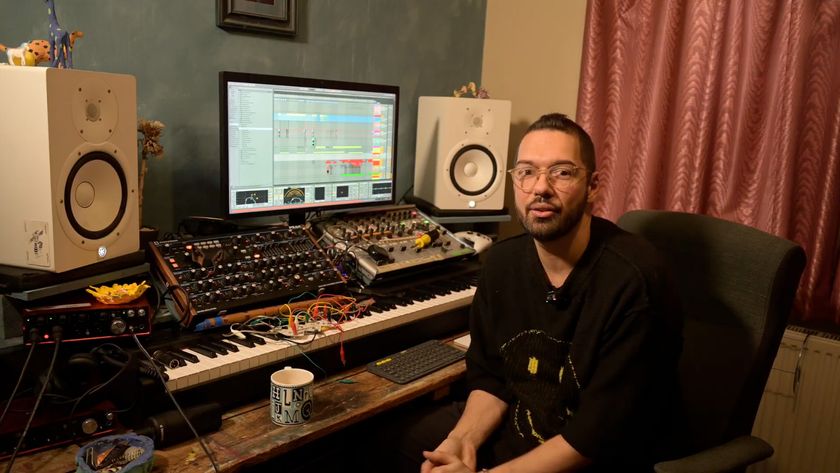
“I'm always starting up sessions and not finishing them, but I don't see that as unproductive”: Virtuosic UK producer Djrum talks creativity and making Frekm Pt.2










